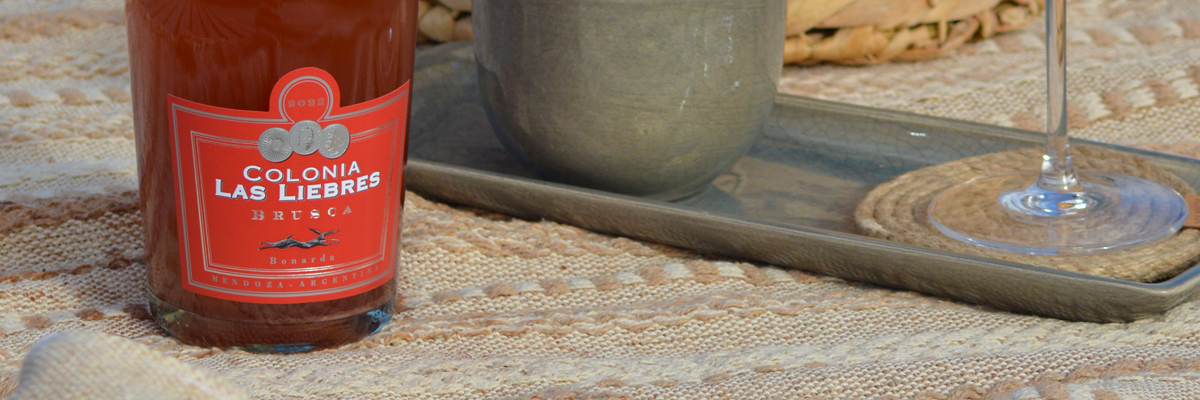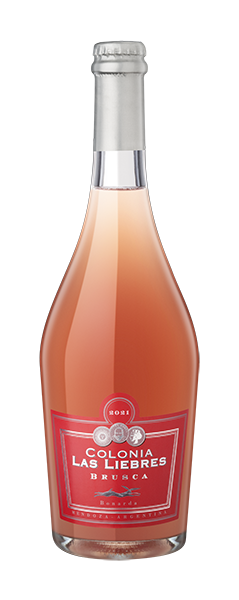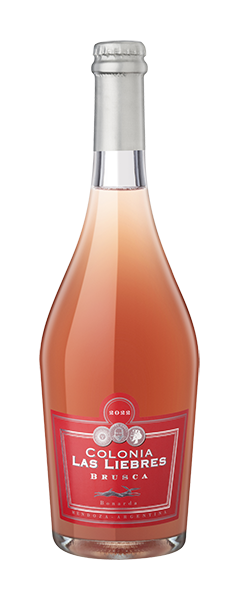Colonia Las Liebres Brusca (espumante)
This was a shorter harvest than others, but no less intense. The season was marked by strong heatwaves, a year in which the physiological maturity was slightly delayed with respect to the organoleptic. Our work in the vineyard allowed us to obtain the desired alcohol and acidity just before the heat waves, preserving the fruit character and the tension of the skin of the berries. The season also had heavy rains, which threatened to delay the harvest. However, the rains stopped and gave us a window, just in time, to harvest our fruit with optimum ripeness and health. The cold of the last few weeks before harvest gave the grapes the necessary time to finish ripening and balance all their compounds. 2022 was a year with great concentrations, colors, and health, in which fruity and spicy notes prevailed.
100% Bonarda grapes from our own organic vineyards. 50% of the grapes come from our vineyard located in Luján de Cuyo (Mendoza) at 800 meters above sea level. The other 50% is from our Jardín de Hormigas vineyard, located in Paraje Altamira, Uco Valley (Mendoza), at 1,100 meters above sea level. The climate is semi-desert, with hot days and cool nights.
Early and manual harvesting in both vineyards. Upon arrival at the winery, the whole bunches were pressed in a basket press, which is the reason for its color. Fermented in stainless steel tanks at temperatures between 12ºC and 15ºC for 14 days. The Bonarda from Luján de Cuyo was fermented until the sugar was finished. The Bonarda from Paraje Altamira was vinified to the equivalent sugar, so that the entire volume had the desired pressure. Once the first fermentation was completed, the blend of zones was made and bottled to continue fermenting in bottle. No disgorgement.
This natural wine, made with organic grapes and indigenous yeasts, is the result of the search for a slightly sparkling wine inspired by the style of Italian Lambrusco, but made with an Argentine grape variety such as Bonarda.
It has a particular rosehip color, with a degree of turbidity given by the lees generated in the second fermentation. In the glass, a large amount of small and fine bubbles are observed. It has a spicy and floral nose. Notes of dried fruit, gunpowder, pencil lead, pink grapefruit, pepper, anise, propolis, cherry and fresh quince stand out.
The palate has a sharp, refreshing acidity. It is juicy, with fruity notes and a subtle bread note, typical of sparkling wines made using the ancestral method. The finish is long with hints of pistachio. The recommended serving temperature is between 9ºC and 11ºC. It is ideal to accompany the typical dishes of the Italian community, such as stew (Bollito Misto) or noodles with Fileto sauce.


